7 Animals with Shells


Reviewed and approved by the biologist Samuel Sanchez
Nature has inspired humans to imitate many of its implements or designs – and armor is a great example of this. Just as shelled animals use tough external structures to deter predators, armor for humans was created for safety and security purposes. In nature, all adaptation has an underlying motor: persistence over time and reproduction. If you want to know more about some sources of that inspiration when it comes to defense, then keep reading to find out about 7 animals with shells and their characteristics.
Animals with shells: the exoskeleton
The exoskeleton is an external skeleton that covers, supports and protects the body of the animal that possesses one. Therefore, any animal with a hard layer that protects the soft tissues will have a shell, regardless of its shape or chemical composition.
Animals with exoskeletons enjoy many benefits from it. The most obvious is protection against predators, but it also works as a support for their breathing, as a support for their muscular apparatus, and as a barrier against desiccation in some of them.
In addition, this shell doesn’t only cover the surface of the body. Expert biologists tell us that it also extends internally, penetrating the ends of the digestive tract; in insects, it covers the tracheae. It’s impossible to separate a functional living being from its exoskeleton artificially without ending its life.
Shells and scales
On the other hand, all animals have different types of coverings on their bodies and scales also count as shells. Animals such as snails have shells and both reptiles and fish have scales, a hard layer of skin similar to our nails, which protect them from predators and the weather.
7 animals with shells
The exoskeleton can be found in all arthropod animals and related groups. However, it isn’t exclusive to these species. Meet our selection of 7 animals with shells.
1. The armadillo
Its shell isn’t bulletproof, and if an animal hits the armadillo, it can easily break its protective structure, according to National Geographic experts. However, this shell does protect it from thorny bushes, which, in turn, serve as a refuge from predators.
Armadillo shells are made up of bony plates called osteoderms, which grow out of the skin and are loosely connected to allow flexibility. The family to which these animals belong ( Dasypodidae ) has 9 different genera, which in turn include 7 different species.
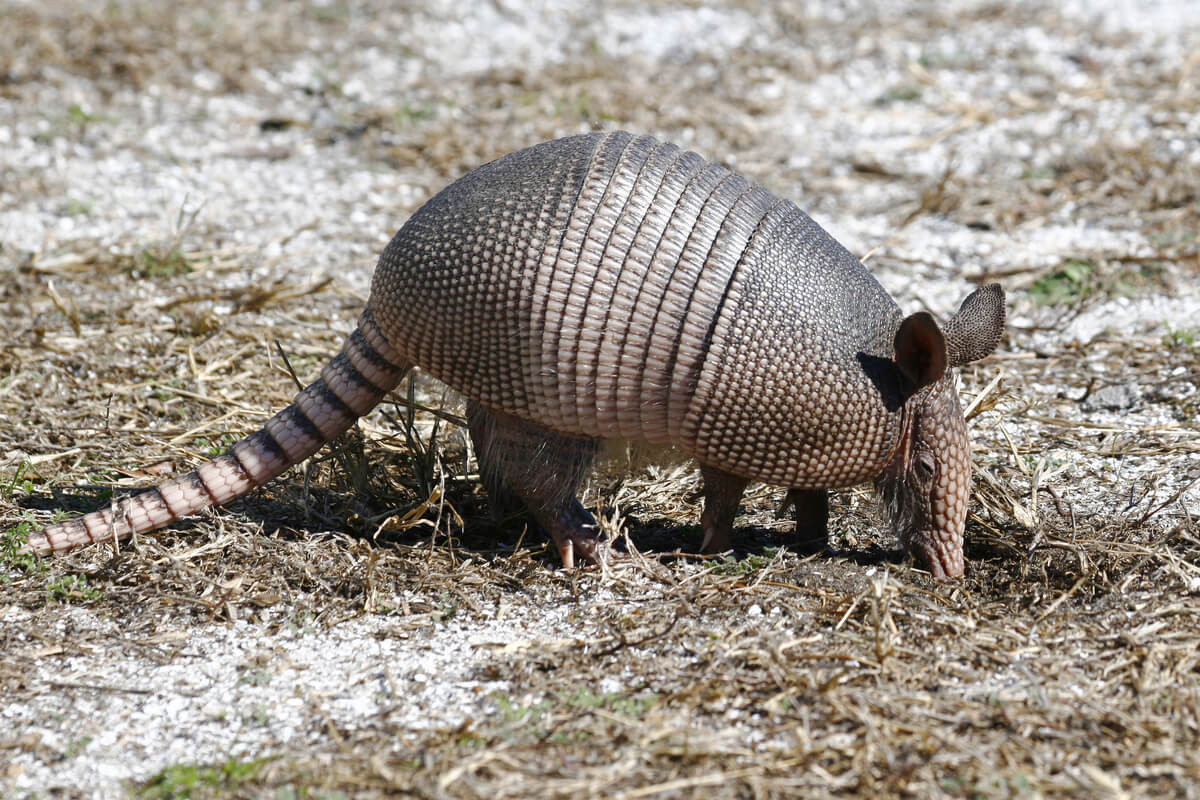
2. The pangolin
This peculiar animal is often mistaken for a reptile, but in reality, it’s a mammal covered with scales. The sharp scales on its tail help the pangolin to attack. If the threat persists and it feels endangered, it rolls up like a ball, exposing only its tough scales.
It is also known as the scaly anteater, and according to WWF, the pangolin is increasingly being hunted for its meat and the fanciful ‘healing powers’ of its scales, mainly in Asia and Africa. As a result, some pangolin species are critically endangered today.
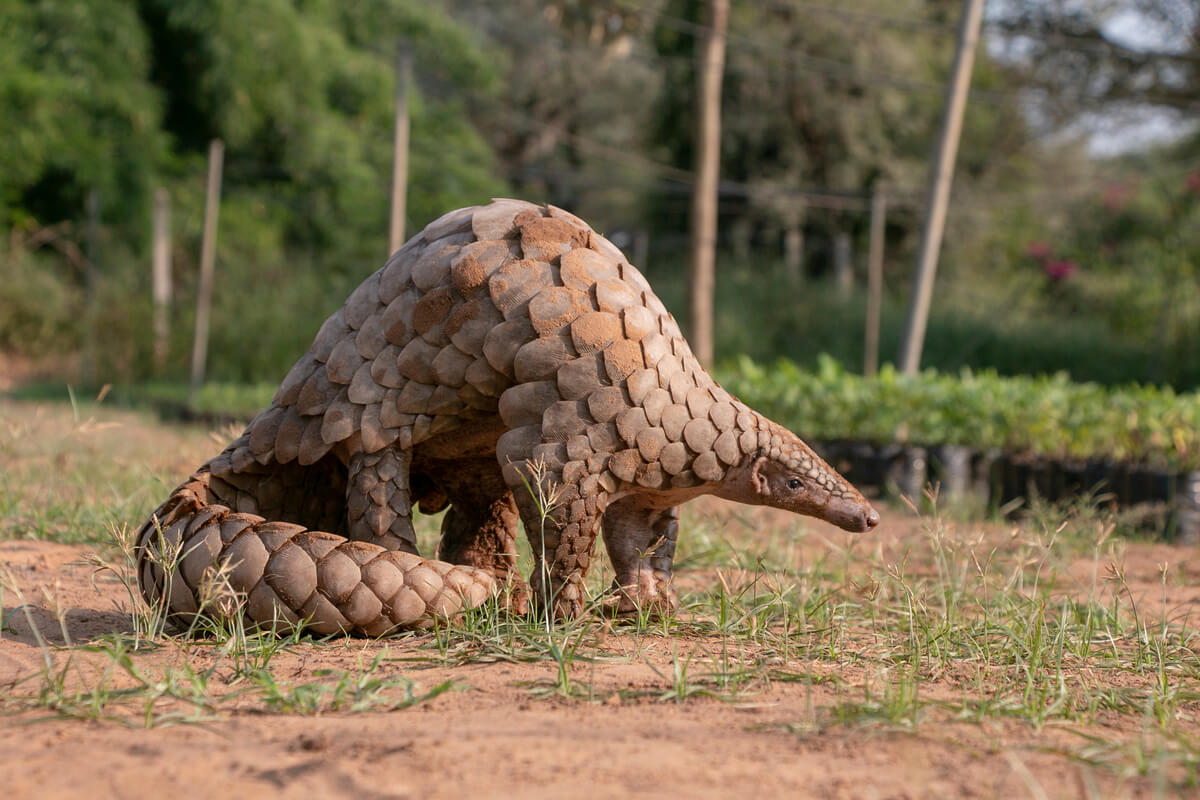
3. Turtles
Turtles have a body enclosed in a shell – in the upper part – and a plastron – in the lower part. They’re joined together along the body, forming a kind of box.
This structure is made up of bone and cartilage, and, unlike what you can see in some cartoons, turtles definitely can’t get out of their shell. This protective structure is fused with the rest of their body, studies claim.
The state of the shell is one of the best indicators of turtle health.
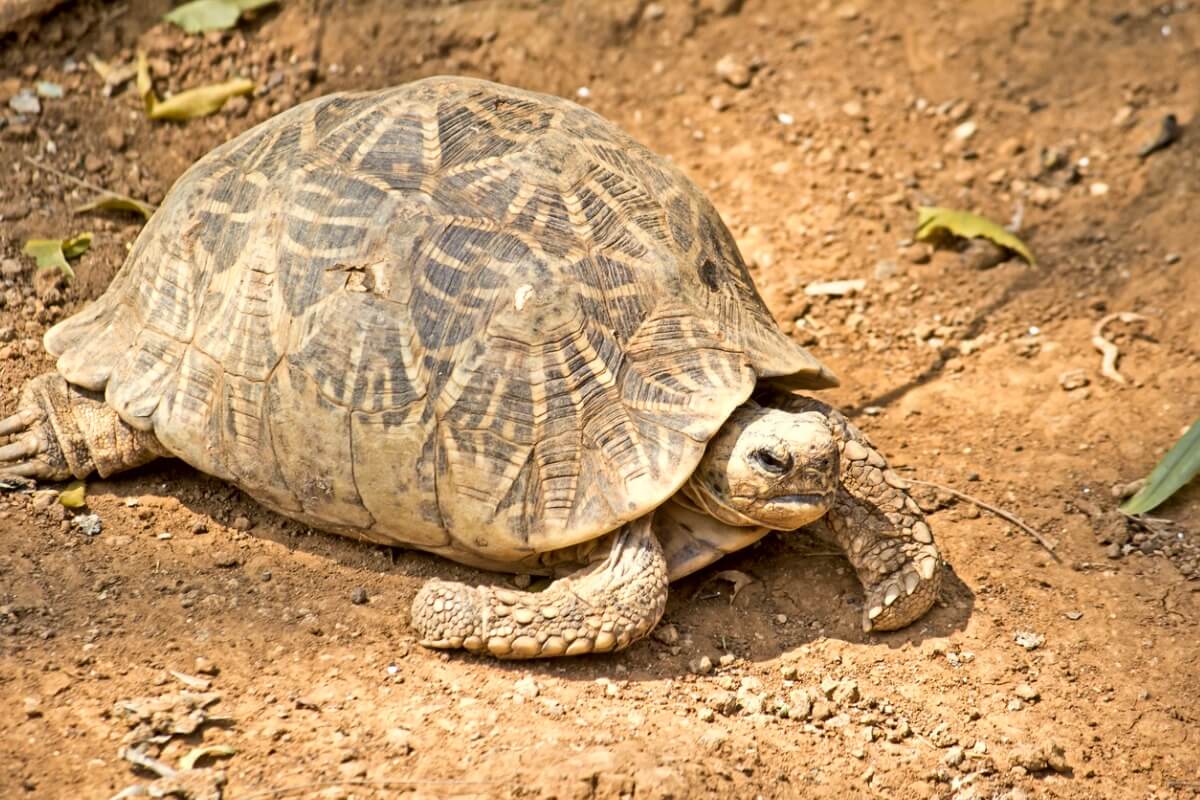
4. The sacred scarab
Among the animals with shells, you can find this unique beetle with a great history. It is also known as a ‘dung beetle‘ – due to its ability to carry ball-shaped feces – and, in ancient Egypt, it was considered sacred. It was the symbol of rebirth and eternal life, experts say.
On the upper part of its body, this invertebrate has pointed protrusions, which are said to represent the rays of the sun. Their diet is also very particular, as these beetles feed on livestock manure.
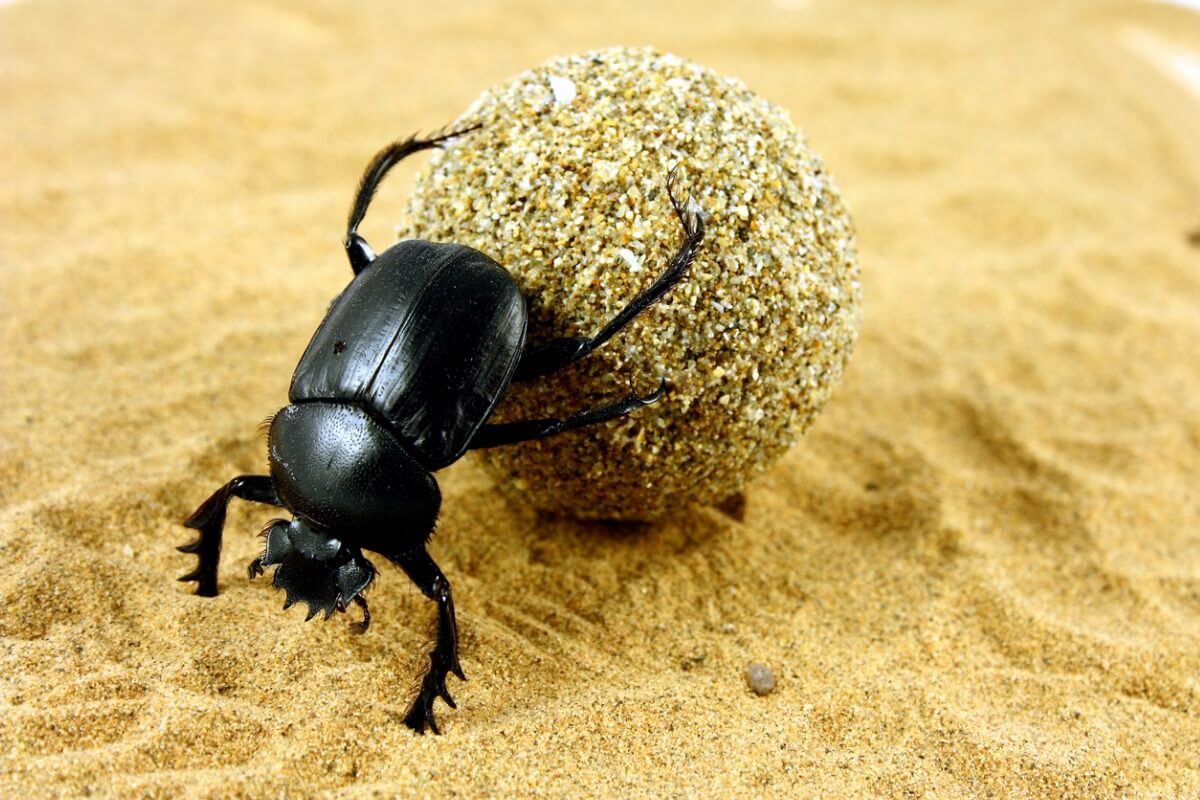
5. Snails
Studies affirm that a snail’s shell, or carapace, is one of the most important and indispensable parts of its anatomy. It’s a hard and firm structure, which houses all of its internal organs, allowing the invertebrate to conserve its humidity, protect it against predators and serving as a home to rest while it hibernates.
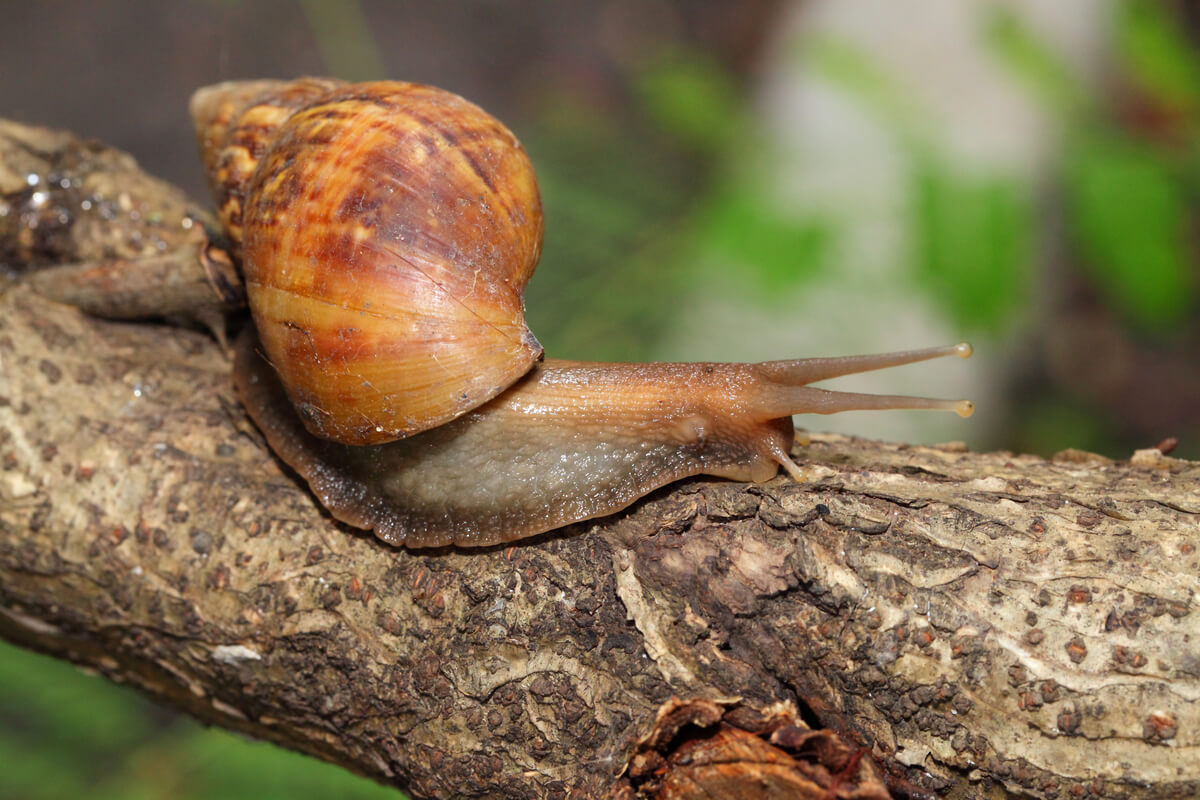
6. Crabs
If we understand as a shell any coating that covers soft tissues, then crustaceans are true knights-errant with no cracks in their armor. Crabs are tough and have a chitin exoskeleton, which keeps them safe from attacks by predators – both marine and terrestrial.
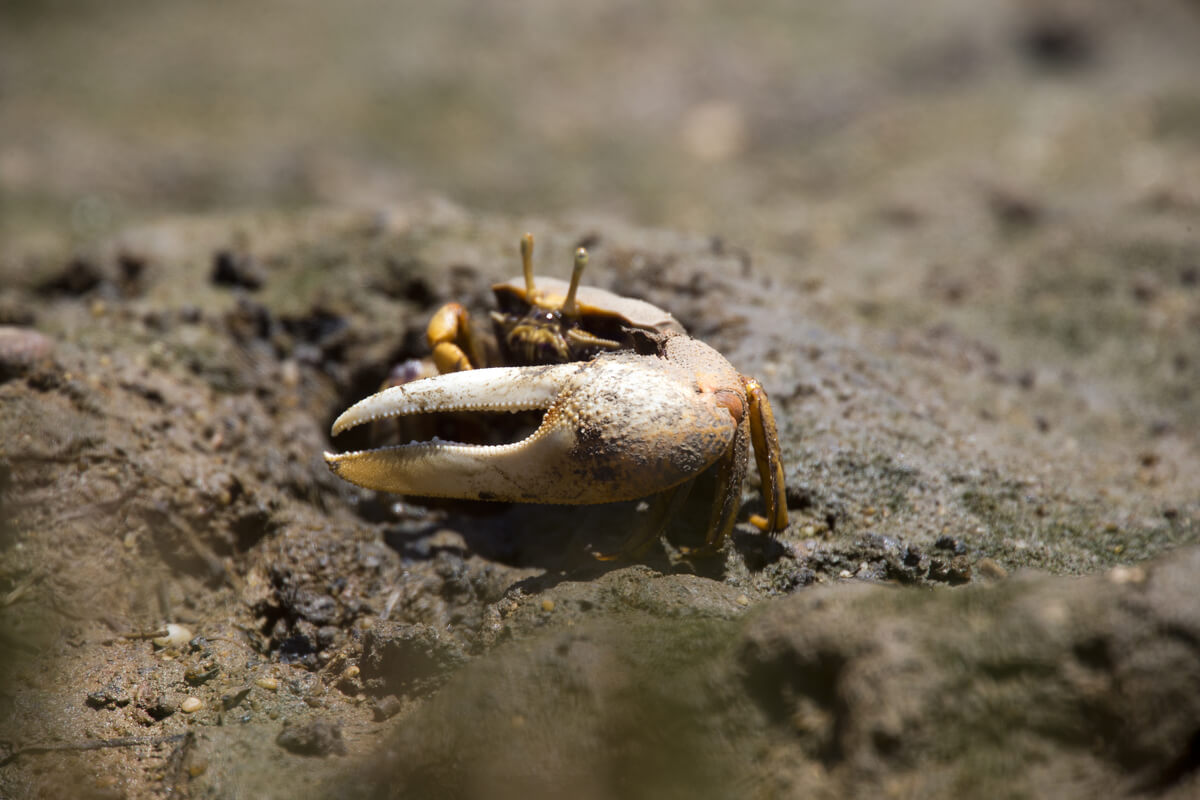
7. Scorpions
On a small scale, few things are more intimidating than a scorpion, with its battle-ready stinger and tough exoskeleton as its primary defense method. These arachnids have it all: they attack and protect each other in equal measure. However, they’re not always killing machines.
Like all invertebrates with exoskeletons, at certain points scorpions retreat to their shelters, as they have to go through a molting process. This means that they must shed their shell completely and make way for the one that grows under it, in order to increase in size. At this stage, they are soft and very delicate species.
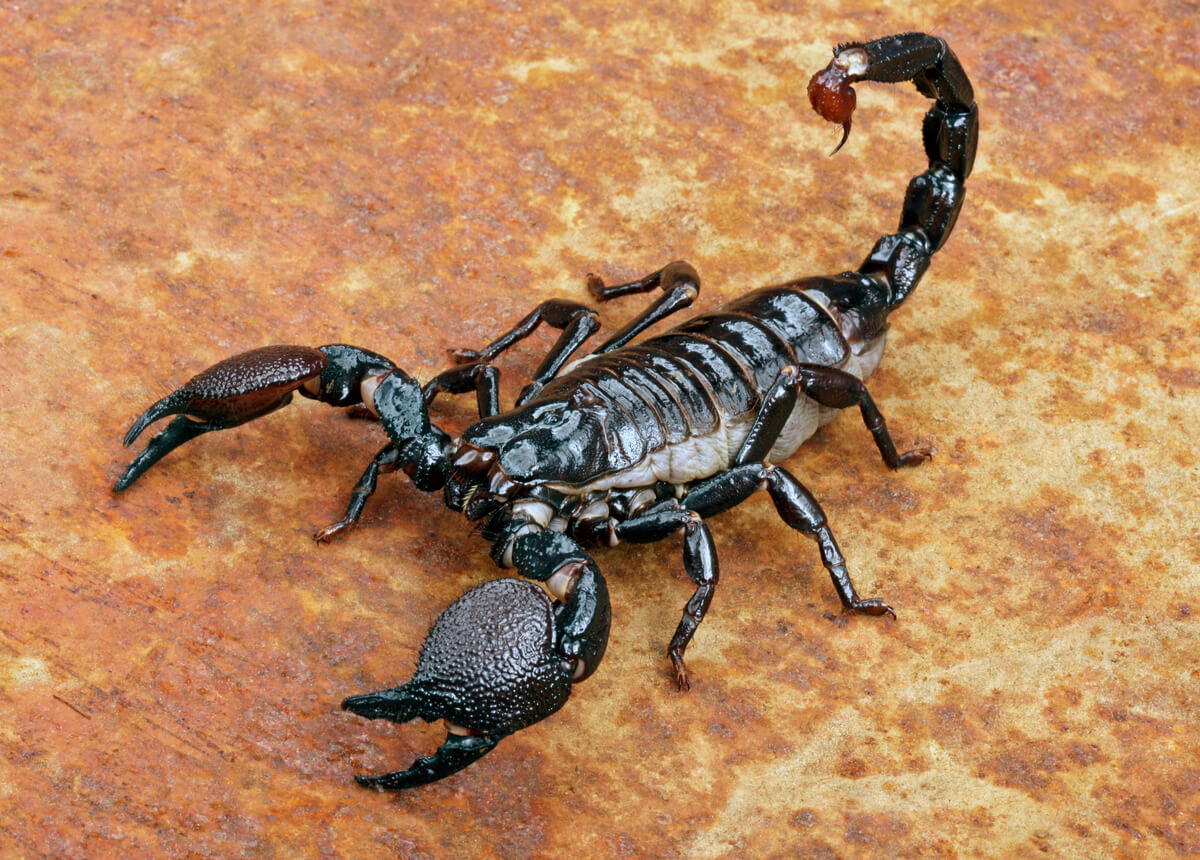
As you can see, shells are useful and indispensable for the animals that have them. Several of the living beings mentioned here are victims of hunting due to their shells. Therefore, in addition to their special armor, appreciating and respecting them is also essential in order to protect them.
All cited sources were thoroughly reviewed by our team to ensure their quality, reliability, currency, and validity. The bibliography of this article was considered reliable and of academic or scientific accuracy.
Britannica. (s. f.). Carapace | biology. Encyclopedia Britannica. Recuperado 8 de junio de 2021, de https://www.britannica.com/science/carapace
COBCM. (2021, 26 enero). Exoesqueleto. Una solución curiosa de la naturaleza. Blog del COBCM. https://cobcm.net/blogcobcm/2019/08/20/exoesqueleto-una-solucion-curiosa-de-la-naturaleza/
De “escarabajo sagrado” a fertilizador profesional — BIBLIOTECA EN LÍNEA Watchtower. (s. f.). WOL. Recuperado 8 de junio de 2021, de https://wol.jw.org/es/wol/d/r4/lp-s/101979764
Langley, L. (2021, 3 mayo). These animals inspire better body armor for humans. National Geographic. https://www.nationalgeographic.com/animals/article/animals-armor-bioinspiration
Nature Museum. (2020, 19 septiembre). Scales, Feathers, and More! Peggy Notebaert Nature Museum. https://naturemuseum.org/2020/04/scales-feathers-and-more/
Snail-World. (2015, 26 mayo). Preguntas Frecuentes. Caracoles Información y Características. https://www.snail-world.com/preguntas-frecuentes/
WWF. (s. f.). Pangolín. World Wildlife Fund. Recuperado 8 de junio de 2021, de https://www.worldwildlife.org/descubre-wwf/historias/pangolin
This text is provided for informational purposes only and does not replace consultation with a professional. If in doubt, consult your specialist.